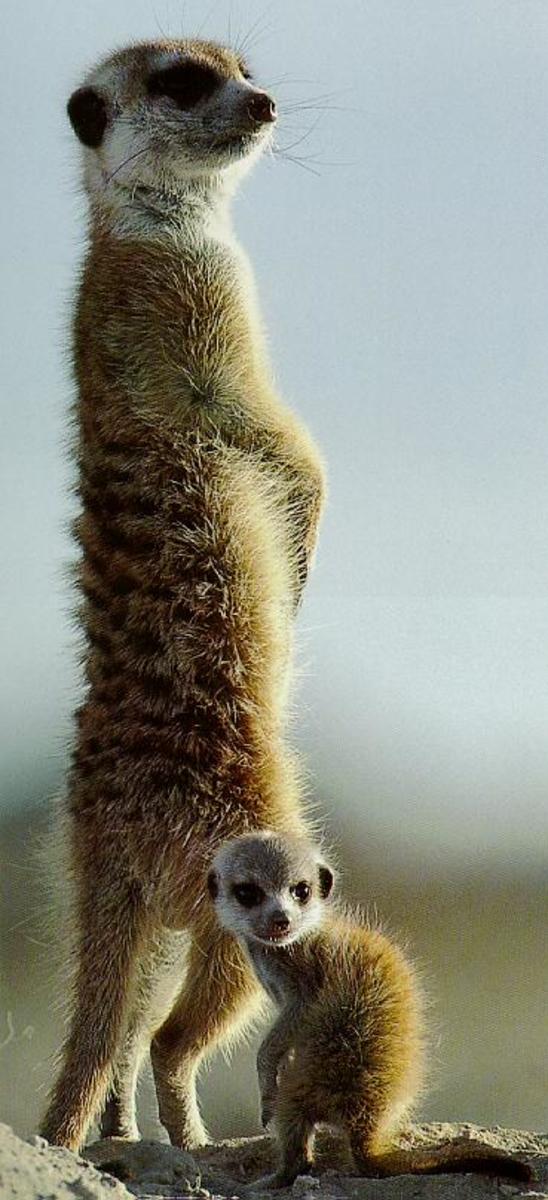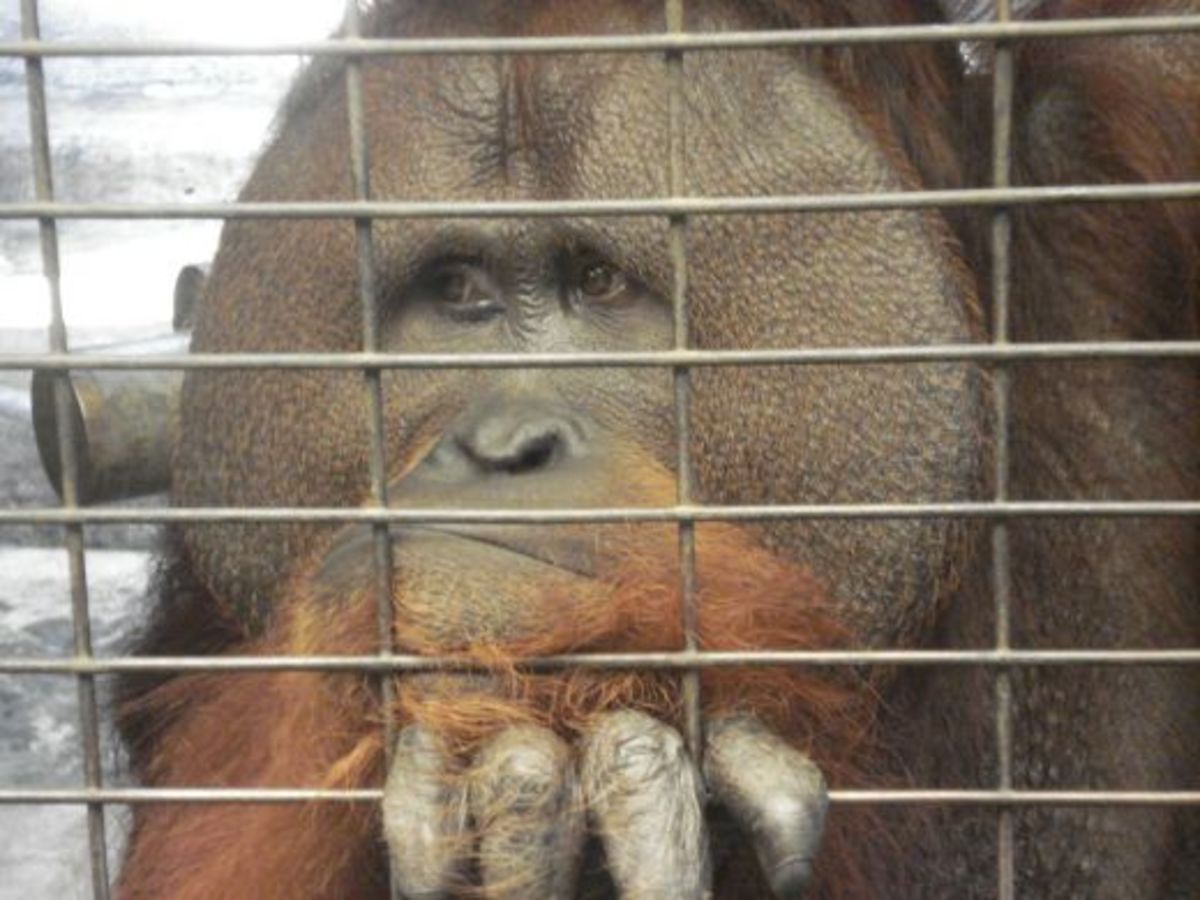Rescuing one horse at a time: Villa Chardonnay Horses with Wings
Home and happy at last
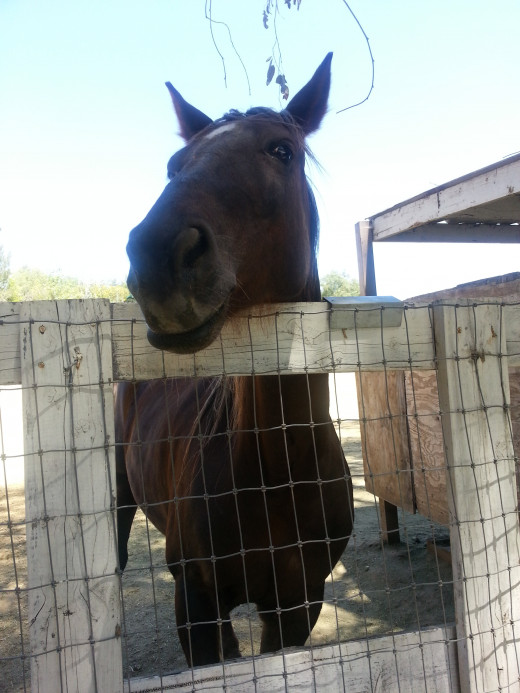
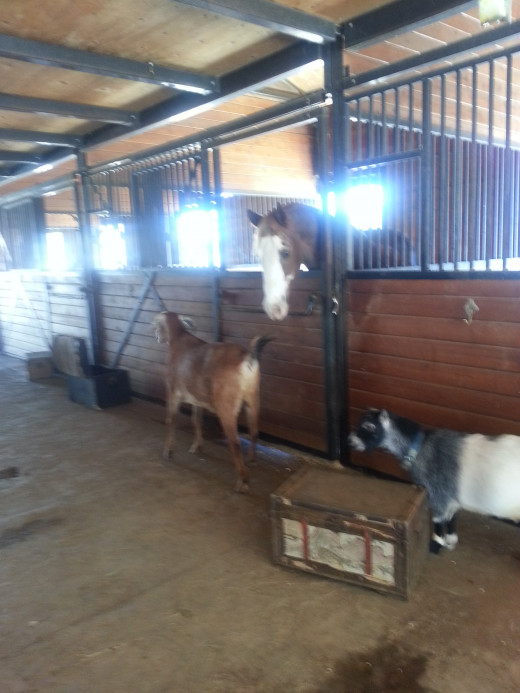
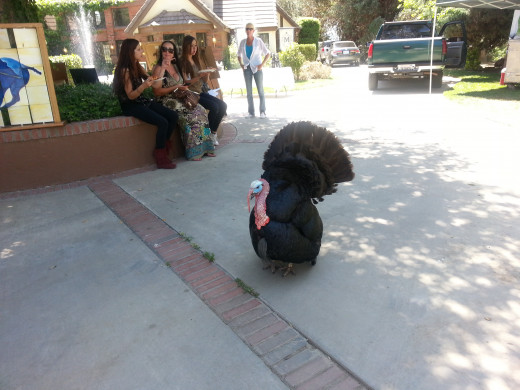
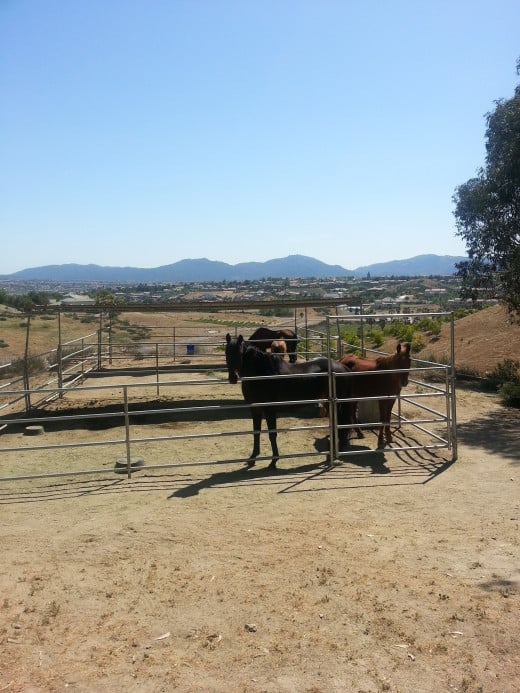
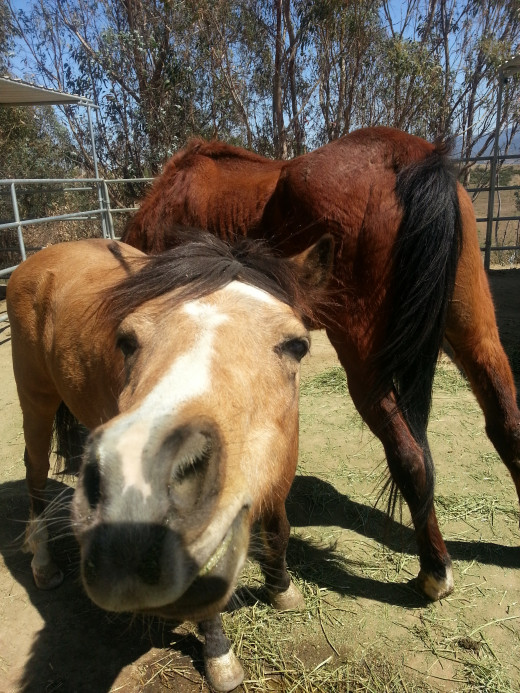
Villa Chardonnay the forever home for abandoned and abused horses
Is there any symbol of the old West more enduring than the horse? Would Matt Dillon (James Arness from the old TV series "Gunsmoke" not the actor) be the same with a car instead of a horse? Would Little Joe or Hoss be able to catch the bad guys who invaded the Ponderosa better riding inside a car rather than their trusty, loyal Pinto and Palomino? I think not.
I could never have made it through my elementary school years without Mr. Ed 1960s TV show featuring a talking palomino who was part comedian and part psychologist to Wilbur the misunderstood architect whose wife and his neighbors thought a bit off in the head. Not so for me. I knew horses could actually talk!
According to the history books, horses came to the Americas in the 1500's brought by the Spanish explores. They were left by the Spaniards to roam wild. The Native Americans domesticated the wild offspring of the Spanish abandon horses and from there, the horse has been the symbol of our American lives ever since.
My love of horses goes back to childhood when I would ride horses from the nearby stables in the canyons above suburban Los Angeles. Back in the day when children could explore, ride unsupervised and generally be left to their own adventures, my friend and I would pretend we were riding the range in search of gold or fleeing Indians ( I know, not politically correct but it was the late 1960s before PC was invented).
I still like to ride but these days it is only once or twice every few years, usually when we are visiting the beautiful Southern Utah area. I feel for children today who do not get the opportunity to ride a horse. Too many riding stables in Los Angeles have closed or given way to housing developments or forced out of business by costly lawsuits from people who obviously assumed the risk of riding only later to claim ignorance when hurt. A horse is a large animal capable of being spooked and bucking. Common sense should be your warning. I will get off my soap box for now.
I am a devout animal lover. On Facebook I have "friended" many rescue organizations--a good thing on one hand, a sad thing on another. Friending groups who rescue animals has enlightened me in ways I am not sure I wanted to be enlightened. I had no idea anyone was eating horse meat but apparently Canada and France do and their consumption is massive. It is allegedly illegal in the USA to transport horses to slaughter but that never stopped any money grubbing person from doing anything where the supply is limited, the demand high and the profits attractive.
Sadly, with the economy still poor and many out of work people, those who at one time had acreage and money for extras like horses are now finding themselves without their homes, ranches or extra money to support their animals especially not a horse who can consume lots of hay and need medical attention often. Many of these horses wind up in "feed lots" where they are auctioned off to slaughterhouse "buyers" who turn a profit at so many dollars a pound for horse flesh. The horses are trucked down to Mexico where they live a short horrific life before being slaughtered and their meat sent to Canada or France to be turned into a pricey meal at a trendy restaurant.
There are many rescue places around the country doing an excellent job rescuing these horses from feed lots and finding forever homes or foster homes for their charges. One such rescue is Villa Chardonnay located in Temecula, California. I recently had the great opportunity to visit Villa Chardonnay and meet their rescues---over 100 horses.
Every year Villa Chardonnay holds a fund raiser to help offset feed, veterinarian bills and other expenses involved in running their rescue. The fund raiser is a day of meeting the horses, having good food and sampling some local wines from the Temecula Valley Wine region. How could I pass up a splendid day at Villa Chardonnay?
Arriving at the estate where the sanctuary is, my husband and I made our way behind the massive wrought iron double gates, each side of the gate had an iron horse head wielded to it. Behind the gate was a massive green lawn with a Spanish styled fountain and beyond that, a huge ranch style house. The corrals, barn and more corrals were behind the house. All the horses were groomed and ready to be fed carrots. Big 50 gallon bags of carrots were scattered around the property--a 5 acre site in the hills.
Even with growing up riding horses and continuing to ride sporadically as an adult, I have a healthy fear of horses. They are massive creatures and if you feed them improperly, they can bite your finger off. You never want to hold your fingers up to a horse's mouth because to a horse, a finger looks a lot like a carrot. Always put your hand out flat.
We make our way to the barn where each side of it is lined with stalls and they are all filled with horses. One horse in particular is pounding his hoof on the stall door. The pounding echos loudly. We turn to see a beautiful black stallion with a white looking star shape on his forehead. He is the real deal. A Black Beauty. His pounding grows louder as he shakes his head up and down, up and down as if to say "Alright already where is my carrot!" We quickly go to him and feed him, one, two, three carrots.
Another horse in the barn is "Oreo" and we learn he is a recent rescue who came to Villa Chardonnay with a head injury. It is believed he has a tumor to the brain. Funds are being raised from this event to pay for her medical costs. Oreo is calm and somewhat uninterested in carrots but we notice a rescue goat comes to Oreo and seems to nuzzle against him like an old friend. The goat stays outside the stall appearing to comfort Oreo as if the goat's animal intuition is telling him Oreo is very sick.
Sadly about 4 weeks after this event, we received an email from Villa Chardonnay telling us Oreo passed away peacefully. As unfortunate it is in Oreo's passing, we are happy he lived his last few months in a peaceful setting surrounded by loving care givers.
As we visited each corral we fed each horse multiple carrots. We learned Villa Chardonnay has rescued many Thoroughbred horses, some who ran in races at the local track in Del Mar or Santa Anita winning sizable purses for their once owners--some in the 6 figures, only to be taken to auction and sold with questionable futures. Luckily Villa Chardonnay has rescued and given forever homes to many.
We walk onto the corrals outside the barn and meet "Chardonnay" the namesake of the ranch sanctuary. Chardonnay was the first rescue Villa Chardonnay made thus the name. She is a beautiful palomino who the founders found on the internet for sale. They were told she would go to slaughter if not sold because she had a swollen foot. The founders paid $400 for her and drove all night to get her to their sanctuary. Chardonnay went through many exams, was told her only "chance" was to have an expensive $10,000 surgery. The founders did not have that kind of money but sought more opinions. The final and best advice they received was to wait and allow Chardonnay to complete growing and give her glucosamine (a compound to help promote healthy cartilage growth). Chardonnay was checked every 6 months by her veterinarian and after a few years, she was deemed healed. She has gone on to have several babies and lives a healthy, active life.
Horses have been so loyal to us humans. They were used by the Native Americans and by early settlers to America. They were our companions when out on the prairie, they helped us farm our lands, grow food and transport us from one place to another. Today, horses are used in therapy for returning service people who suffer post traumatic stress or help autistic children connect with others. How can these beautiful animals be slaughtered? We owe them more than that!
http://www.villachardonnay.org/aboutus.html Villa Chardonnay donations are always appreciated!

